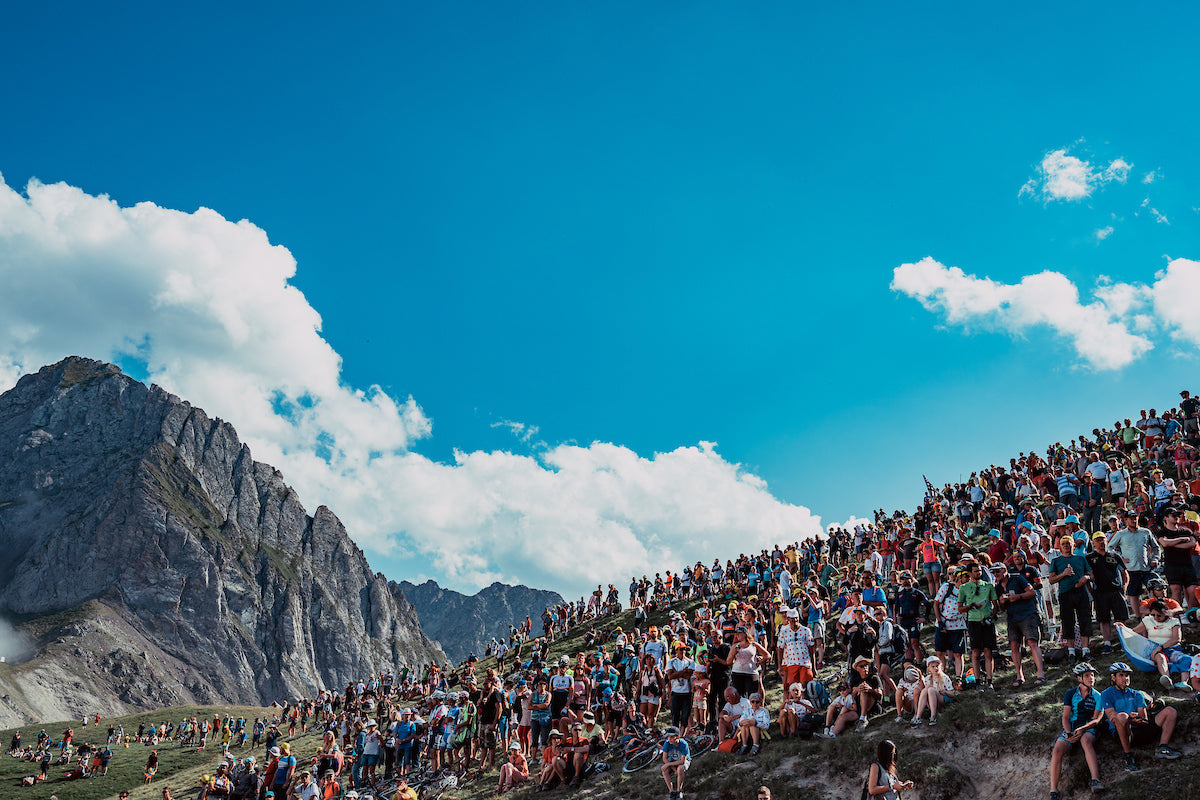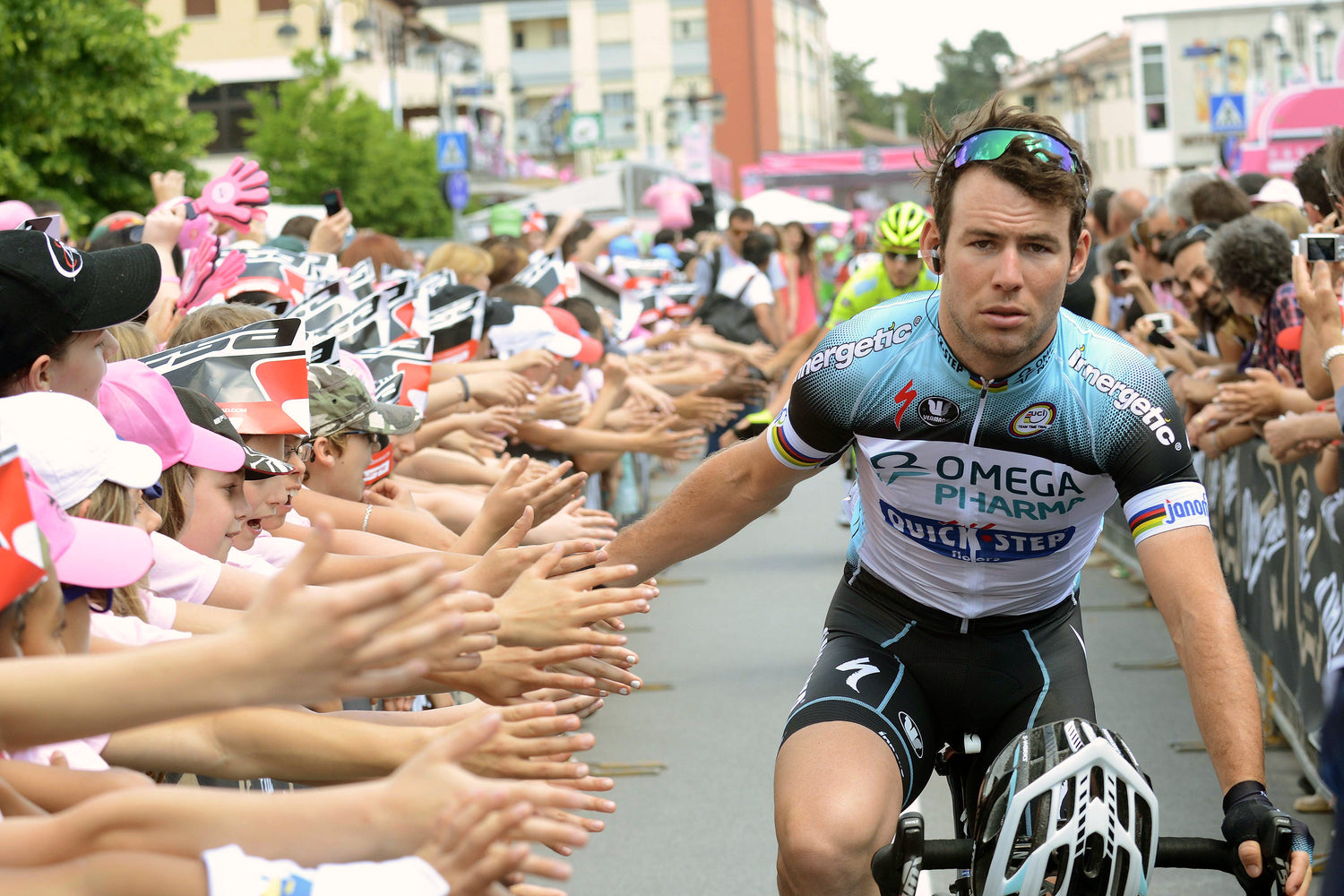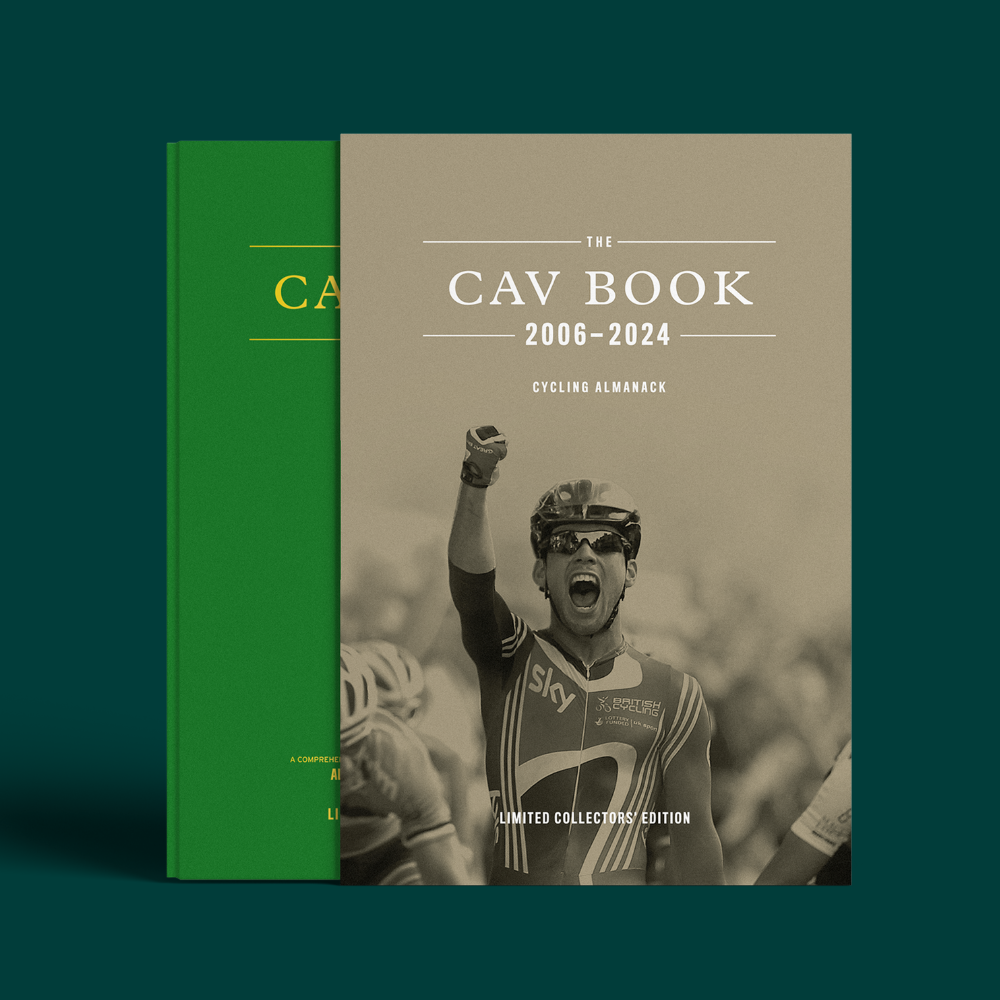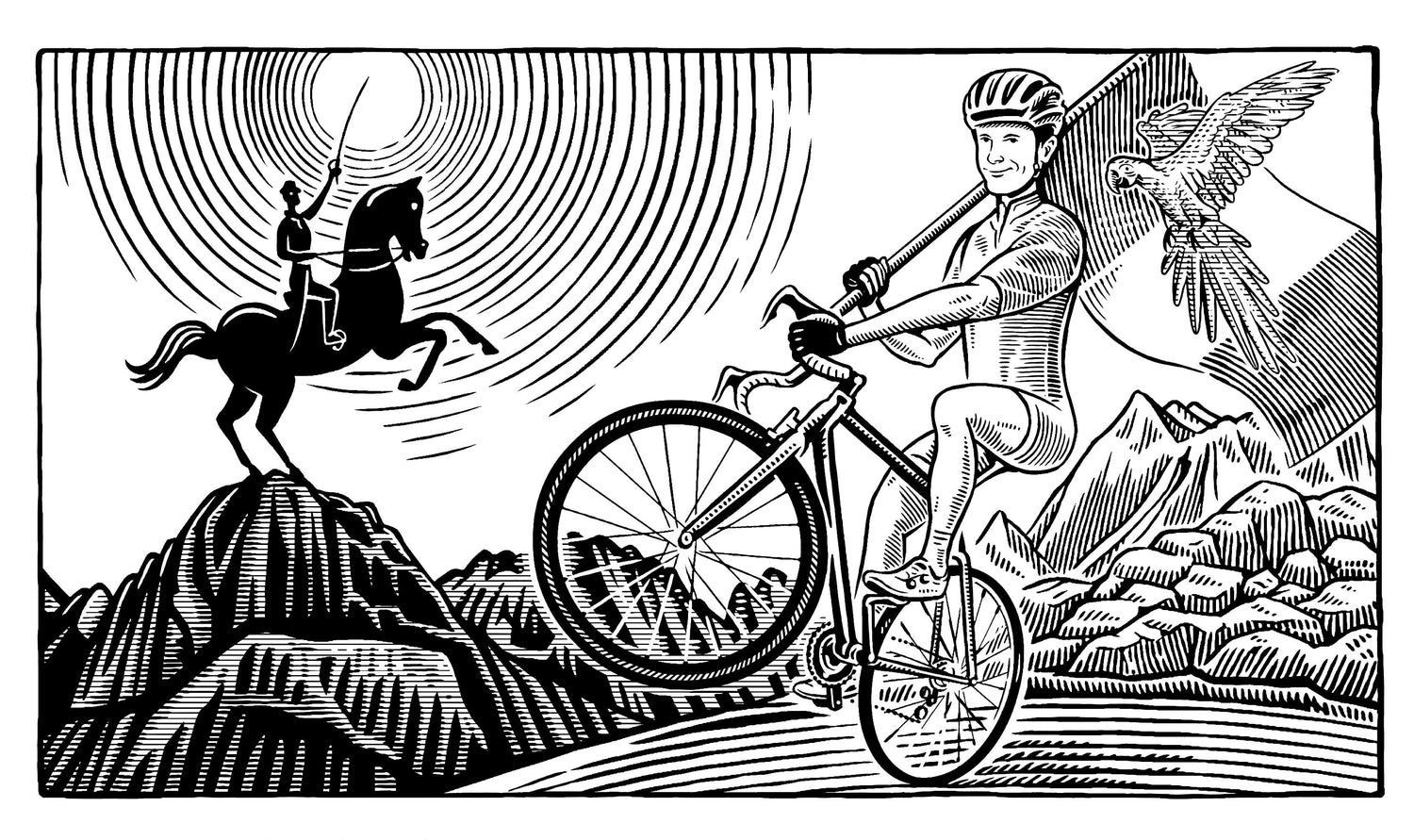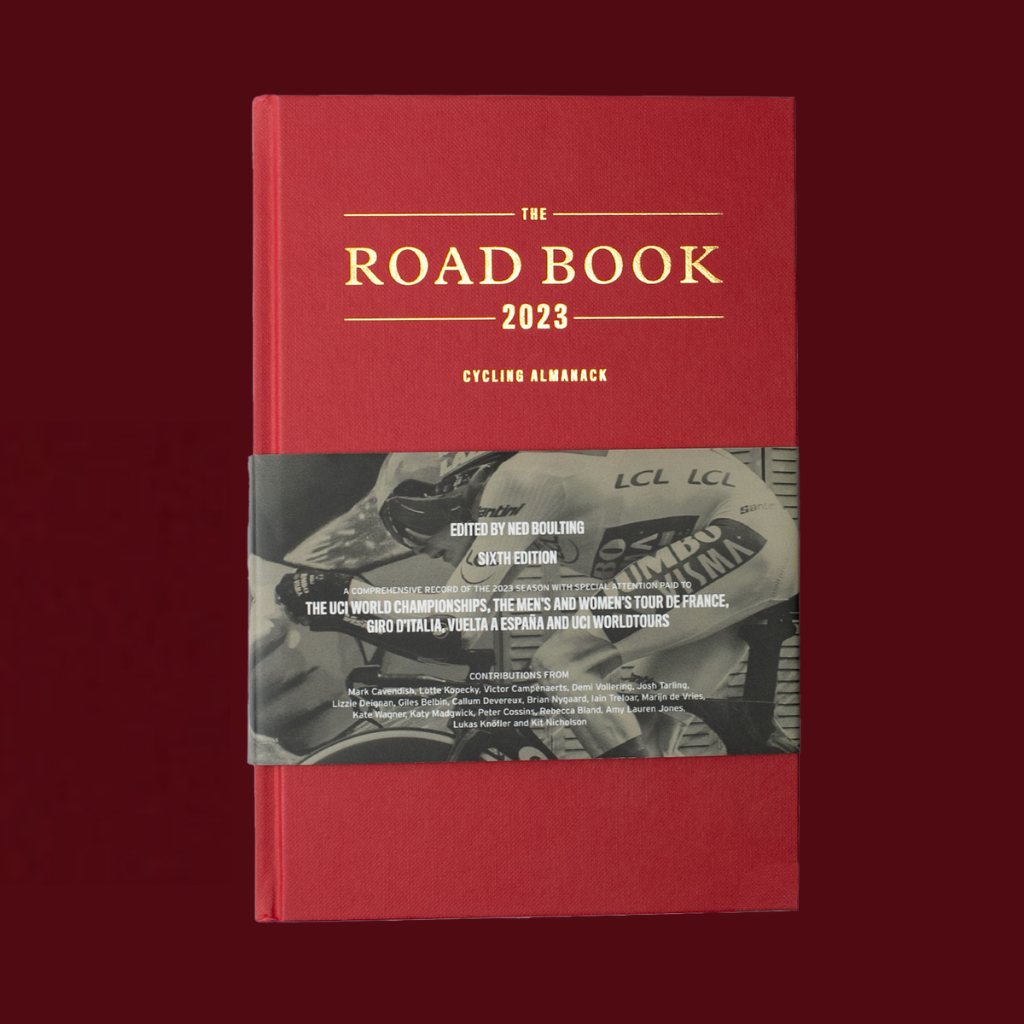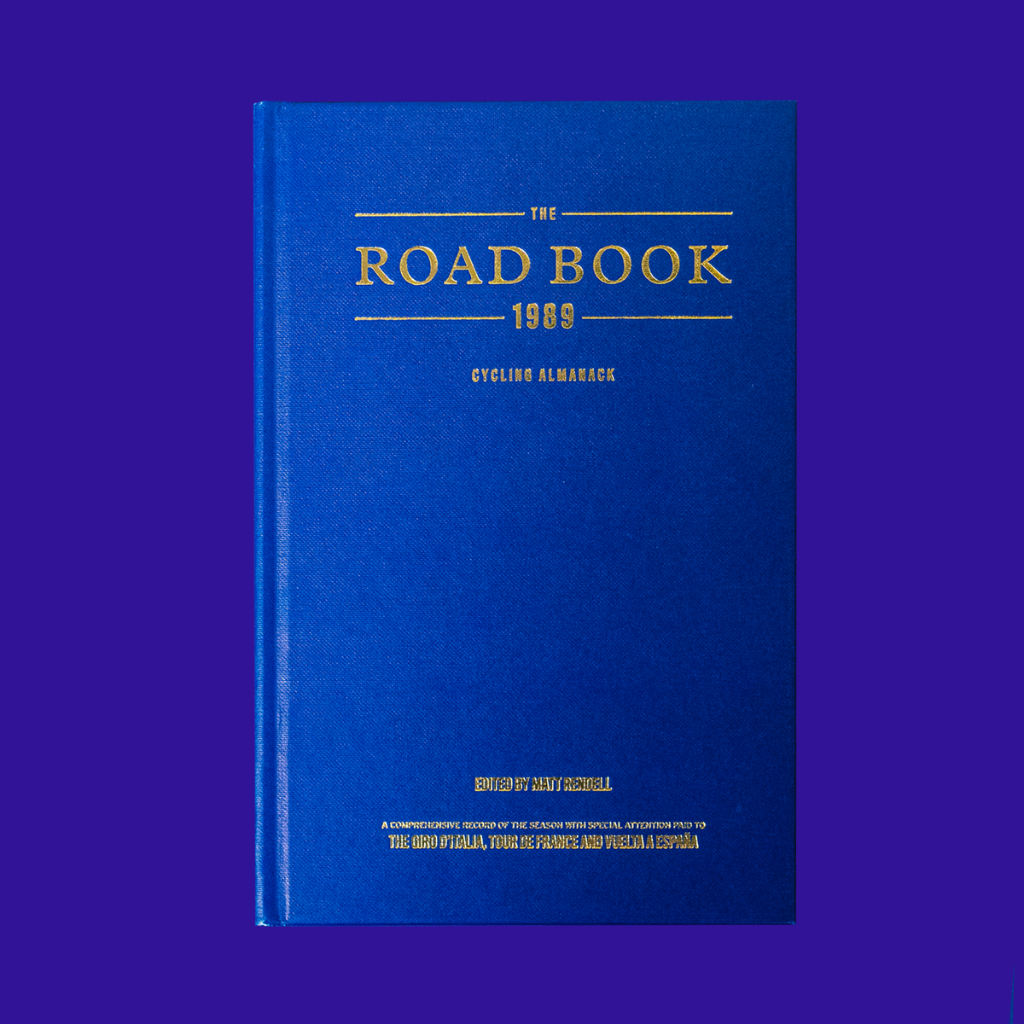The Road Book presents “The Red Line”: An alternative to a simple race report, bringing you regular impressions and musings to complement the racing calendar.
It remains something of a mystery to me that it is Simon Yates, and not Adam, who has won a Grand Tour. It is Simon Yates, and not Adam who has come close to winning the Giro. And that it is Simon Yates, and not Adam who counts Tirreno-Adriatico among his victories, to stand alongside the 7 stage wins at all three Grand Tours that he has racked up.
I mean this in no disparaging way at all. Simon Yates is an extremely impressive rider, as his results continue to prove. But so too is Adam. I mean, they could literally be twins.
There was a time, a few years ago, when they seemed to vie against one another for honours. The achievement of one would seemingly inspire an immediate reaction from the other. I remember well the edition of Paris Nice in which Simon finished 2nd to Marc Soler overall in 2018. I was at the concurrent Tirreno-Adriatico at the time, and we all noted that Adam’s brilliant attack to take the stage into Filottrano (it was the day Michele Scarponi’s home town mourned their dead son) seemed to be turbo-charged by Competitive Brother Syndrome.
There’s always been a perception that something in their make up suited Adam better to one day races and week-long stage races, and that Simon was the man for the Grand Tours. And certainly the raw statistics, as the twins pass into the second half of their careers suggest just that. Adam has, remarkably, yet to win a stage at either the Giro, the Tour or the Vuelta. And prior to last year’s win at the curtailed UAE Tour, and now Catalunya, Adam’s only stage race successes had come in the modest company of the pelotons of Croatia and Turkey.
Quite what those altered pieces of the Yates’ collective genetic make-up is, is almost impossible to define without a psychological slide-rule. But there it is on display, right there on their Wikipedia pages.
Or, maybe, there it was. Because what we witnessed in Catalunya was suddenly different. Adam, clad in the Grenadier armour of Thomas and Porte looked crushingly efficient, and Simon looks adrift; at least on the scant evidence of one week of racing in March. In his time trial Adam put 35 seconds into his brother. He added another 36 seconds at the top of Vallter 2000. By the end of the race, the Battle of the Yateses had been won by a margin of 1’32” in Adam’s favour.
The irony is of course that Adam has now effectively ended up in the “British” cycling system (and how that brand has taken a bashing, recently: another blog for another day) – the same one that initially rejected him and offered Simon a place. It looks like it could be a very significant decision indeed.
Whether it’s enough to give Adam Yates any kind of shared leadership role at the Tour de France, given that he’s never been on the podium at a Grand Tour and that he has four potential teammates who have won one outright, is quite another matter. But he could well be one of the cards they play, as Ineos will look to race the Tour like Quick Step take on a one-day race in the hope of wearing the two Slovenian favourites into submission. Swarm all over them. Make them chase. They couldn’t possibly just let either Yates go in the first week, and maybe not in the third. It could make for the most interesting Ineos/Sky tactics to date.
Either way, though most of us watched Ineos’s crushing display in Catalunya with something akin to either boredom or awe, or something in between, the metamorphosis of Adam Yates is well underway already.
It’s all getting rather Shakespearean between the two riders, both alike in dignity. If Simon was the hero Act One, then Act Two may just work out differently.
Ned Boulting


